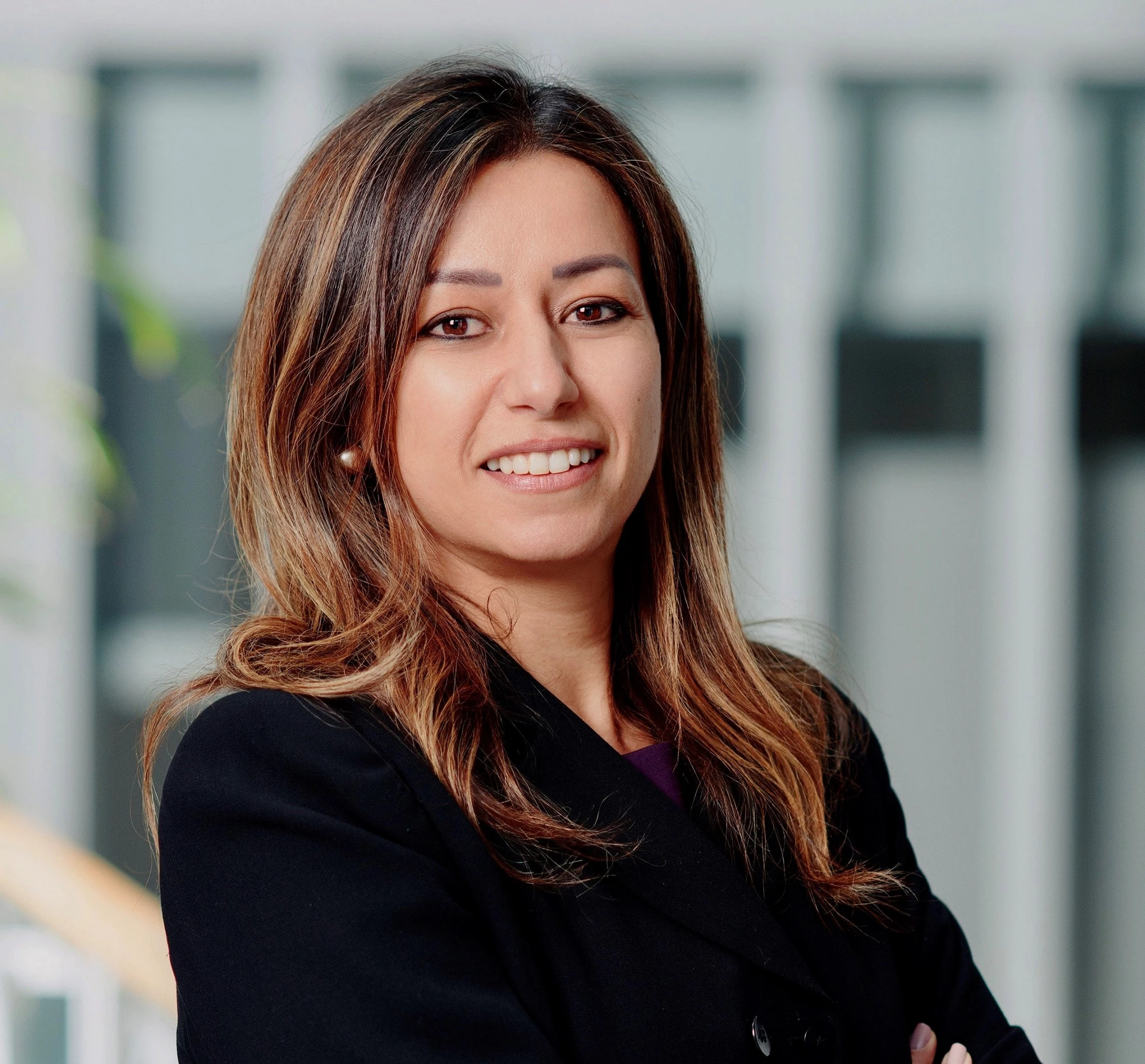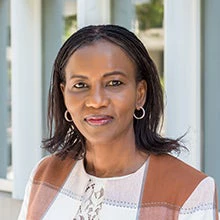 Wide gullies formed by soil erosion in Kananga, capital of the Kasai-Central province of the DRC.
Wide gullies formed by soil erosion in Kananga, capital of the Kasai-Central province of the DRC.
During a visit to Kananga, capital of the Kasai-Central province of the DRC, we had an opportunity to see the compounding effects of fragility and conflict intersecting with climate change up close – this was dramatically illustrated by deep mega-erosions, damaged road infrastructure, and washed away homes and productive land.
Kananga, a city of over a million people and emerging from violent conflict, is riven with more than 60 gully erosions, some as much as 30 meters deep. Thousands of people are at risk of losing their homes, their most valuable asset, while the town’s strategic infrastructure like the national highway, railroad, and airport are threatened and, in some places, already affected.
We witnessed the direct impact of climate change with intense rains in 2021-22 having washed away the sandy topsoil combined with unplanned urban sprawl. Kananga is not an exception in facing this challenge, as more intense rainfall events are forecasted that will jeopardize urban growth and threaten lives.
The Kasai region is emerging from a violent and intense conflict involving militias, armed groups, and security forces across an area roughly the size of Germany, which left thousands internally displaced and saw children recruited by local militias. With the region still at risk of recurring violence, conflict over scarce resources is putting pressure on an already vulnerable population, leading to reduced economic opportunity and social tensions. In meetings with local government officials, affected populations, development, and humanitarian partners, the worry was palpable.
In 2022, the World Bank began helping mitigate the effects of climate change in Kananga by strengthening homes as well as building the capacity of the local authority to better plan for and prevent such disastrous events in the future through the Kananga Emergency Urban Resilience Project. By supporting the rehabilitation and development of critical urban infrastructure and ability to deliver basic services, the project is also helping to address a potential driver of conflict.
Insecurity and conflict remain major concerns across the country, particularly in the eastern provinces. To address recurring conflict and insecurity, the Congolese authorities declared an `etat de siege’ (state of siege) in North Kivu and Ituri in April 2021, establishing military leadership of provincial governments. The `etat de siege’ has been renewed many times and is still in place. Late 2021 also saw the re-emergence on Congolese territory of the M23 rebel group, triggering increasingly violent clashes with the Congolese army and its allies. Fighting further escalated throughout 2022, leaving over 679,000 people in need of humanitarian assistance. A number of local armed groups continue to wreak havoc on local populations, exacerbating poverty, displacement, gender-based violence and undermining state presence and delivery of services. In the medium-term, efforts to transition to normalcy and ultimately support development in Eastern DRC will be vital.
To this end, in December 2022, the World Bank’s Board of Executive Directors approved $250 million in financing for the Eastern DRC provinces of Ituri, North Kivu, and South Kivu. The Stabilization and Recovery in Eastern DRC Project will increase the resilience of conflict-affected people by improving their access to community infrastructure and strengthening the capacity of the administrations in targeted provinces.
This effort complements ongoing work in these regions to help farmers increase their agricultural production and improve food security in a country where it is estimated that 27.3 million people are food insecure, as well as programs to address gender-based violence which unfortunately is seeing increased incidence linked to the conflict. These areas of work are a prime example of our commitment to staying engaged in fragile and conflict situations to be able to serve the most vulnerable when they need our support the most—and ultimately be well positioned to support sustainable development where and when possible.
In volatile environments, monitoring projects becomes not only more important but also more difficult. But technology helps us monitor projects in hard-to-access places. The World Bank’s Geo-Enabling initiative for Monitoring and Supervision (GEMS) has mapped 15,000 site location from 18 out of 24 World Bank projects in DRC to be our ears and eyes and to gauge progress.
Our Fragility, Conflict and Violence Strategy, launched in 2020, has systematized our approach, but we are now beginning to transform how we work. DRC is an example where different parts of the World Bank have come together – social development, governance, social protection, and agriculture – to shape a development intervention that does not wait for the crisis to settle down.
DRC is also an example of the humanitarian-development-peace nexus and of how we can only be effective by working together. Our key partners include MONUSCO, the UN Peacekeeping Mission in DRC, bilateral, regional and other multilateral partners, domestic and international civil society actors, and faith-based organizations to ensure complementarity and leveraging comparative strengths.
Despite the daunting challenges, there are signs of hope in the DRC. There are indications that a new social contract may be emerging between the state and its citizens, through the roll-out of free primary education, increased transparency and public sector reforms, and an emphasis on conflict prevention and stabilization in the East.



Join the Conversation